5 Factors Most Teams Miss to Monitor in Cloud Applications
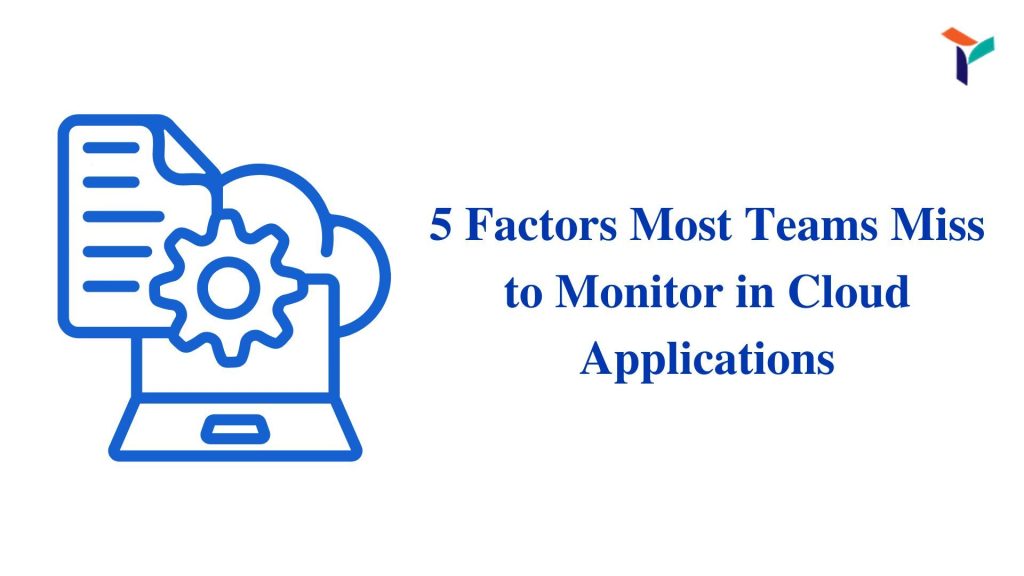
When deploying to the cloud, most teams assume that once their app is up and running, it’s all good. Server health? Green. CPU and memory? Normal. But in reality, monitoring cloud applications effectively goes far beyond these surface metrics. Cloud-native apps are complex systems of microservices, APIs, storage, and third-party dependencies. If you’re only watching […]
The Best Low-Code Tools for Rapid App Prototyping (With Real Examples)
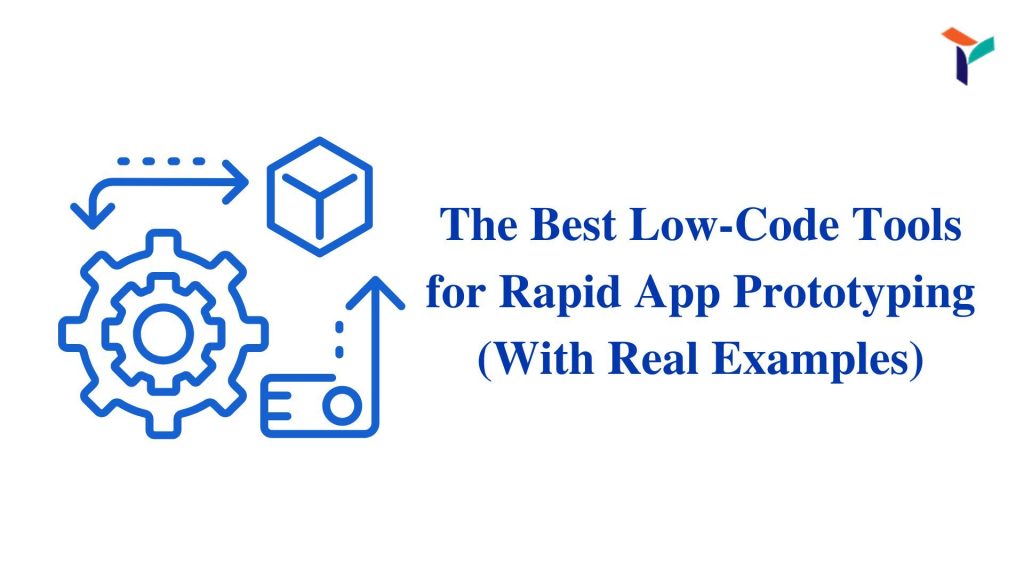
Building a working prototype shouldn’t take weeks of developer time. But for many teams, early-stage app ideas get stuck in design handoffs, code dependencies, or limited dev resources. The solution? Use low-code tools for rapid app prototyping. These platforms help you ship working versions of your idea without starting from scratch, allowing you to gather […]
Best Free Tools to Test Application Performance Before Launch
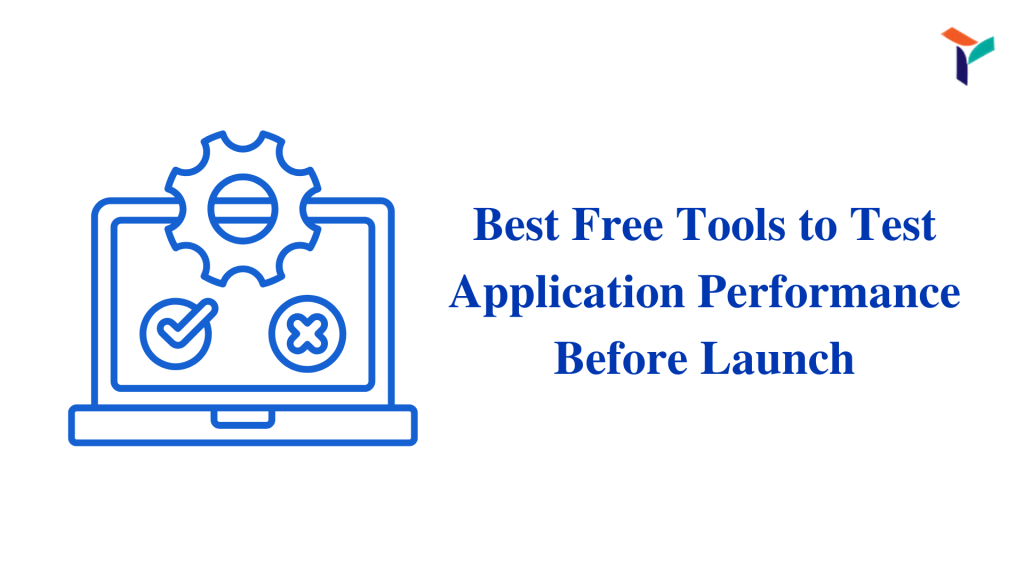
Most applications run smoothly during development, but start showing cracks the moment real users interact. Slow load times, laggy responses, or inconsistent performance can derail even the most polished product. The solution? Use reliable free tools to test application performance before launch. Whether you’re testing a web app, SaaS platform, or eCommerce tool, early detection […]
Best Practices for Writing Scalable Backend Code
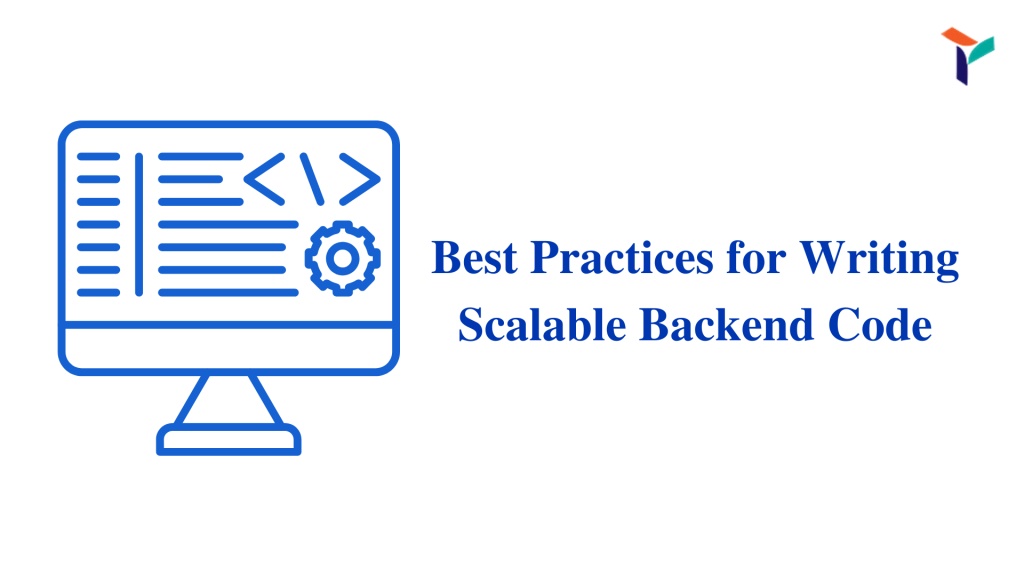
Many development teams start with backend systems that work well under limited load but begin to fail as users and features grow. Initial success can mask underlying inefficiencies that eventually lead to performance issues, outages, or painful refactors. Writing code that scales is not about doing more. It is about doing what is essential, at […]
5 Signs Your Application Needs Refactoring

When your application starts breaking more than it builds, it’s a sign that something’s wrong beneath the surface. You might be facing slower release cycles, bugs that keep coming back, or team frustration that’s difficult to measure but easy to feel. All of these points point to one underlying problem: your codebase can no longer […]
Why GPTs Fail in Your Internal Tools (And How to Fix It)
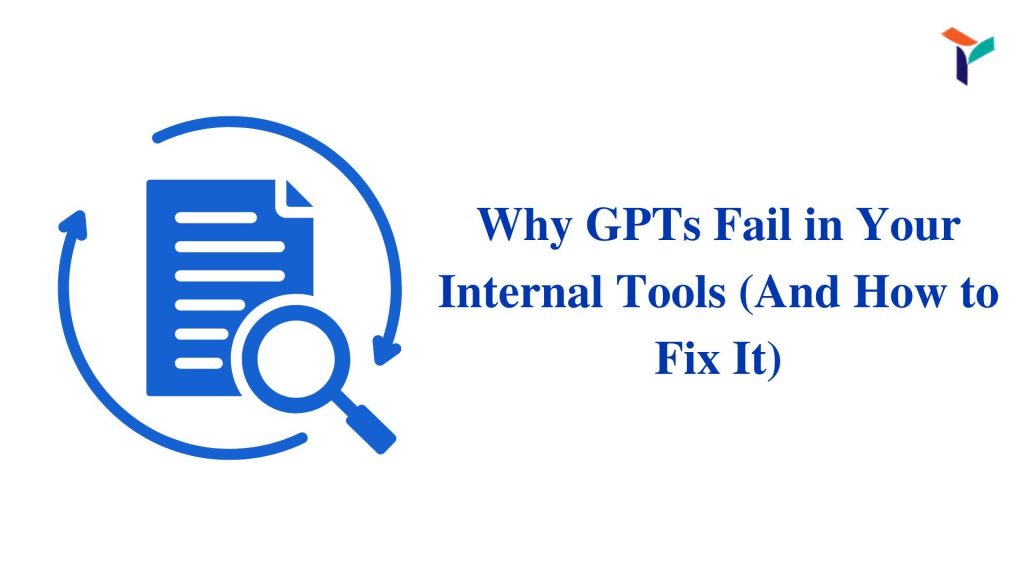
If your GPT internal tool integration is failing, you can fix it by creating clear input and output rules, validating AI responses at every step, and securing data that flows through the system. Start by mapping out where the integration fails — this could be at the prompt level, output handling, or API interaction. Then, […]
What Developers Miss in Input Validation: A Security First Approach
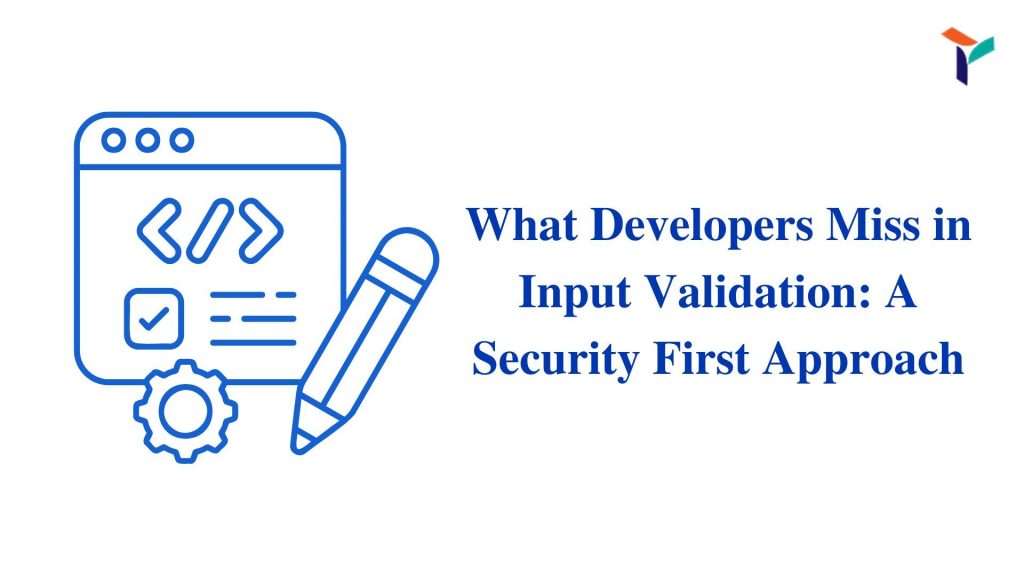
If you want to improve input validation security, focus on what’s often overlooked: enforcing strict data types, validating inputs on the server, sanitizing data across all entry points, and using whitelisting instead of blacklisting. Start by identifying where your input validation currently fails — this could be at form fields, APIs, or internal service layers. […]
How to Fix Broken Access Control in Microservice Architectures

If you want to fix broken access control in microservice architectures, start by identifying where access breaks down. Then, apply clear, consistent authentication and authorization across all services. Use a central identity provider, protect service-to-service communication, set strict API gateway rules, and test controls regularly in your pipelines. By following these actions, you can build […]
How to Secure APIs Against Business Logic Abuse
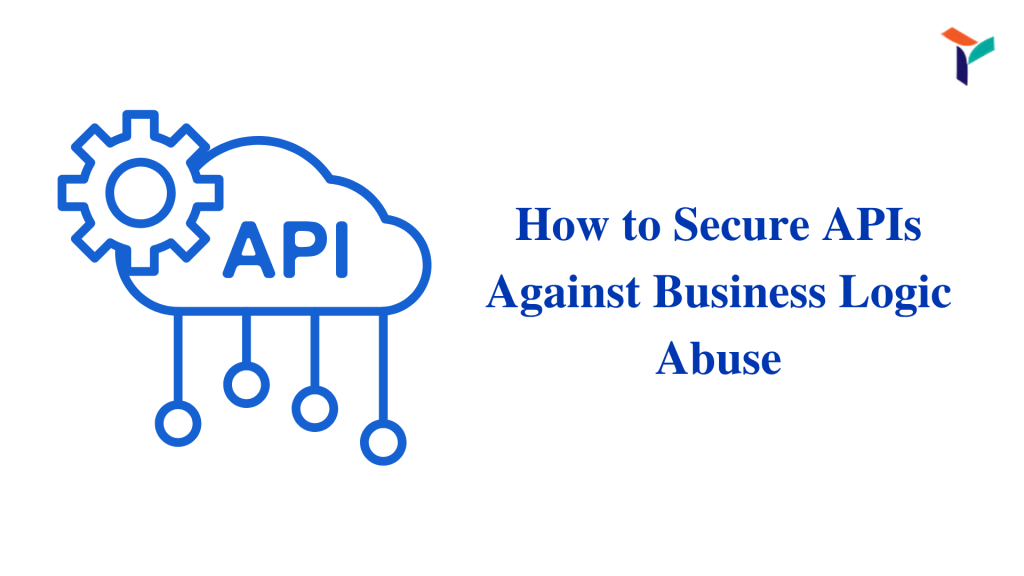
APIs are the backbone of modern digital services, but they’re increasingly vulnerable to a specific kind of threat: business logic abuse. Unlike traditional attacks that exploit technical flaws, business logic abuse targets the way an API is intended to work—manipulating workflows, misusing features, and bypassing rules. To secure APIs against business logic abuse, businesses must […]
Docker vs. OCI-Compliant Options: When and Why

Choosing the right container runtime isn’t just a technical decision—it shapes how you build, ship, and scale your applications. While Docker is the go-to choice for many developers, OCI-compliant alternatives such as containerd, CRI-O, and Podman are increasingly preferred in modern production environments. So, how do you know which to pick, and when? This guide […]



